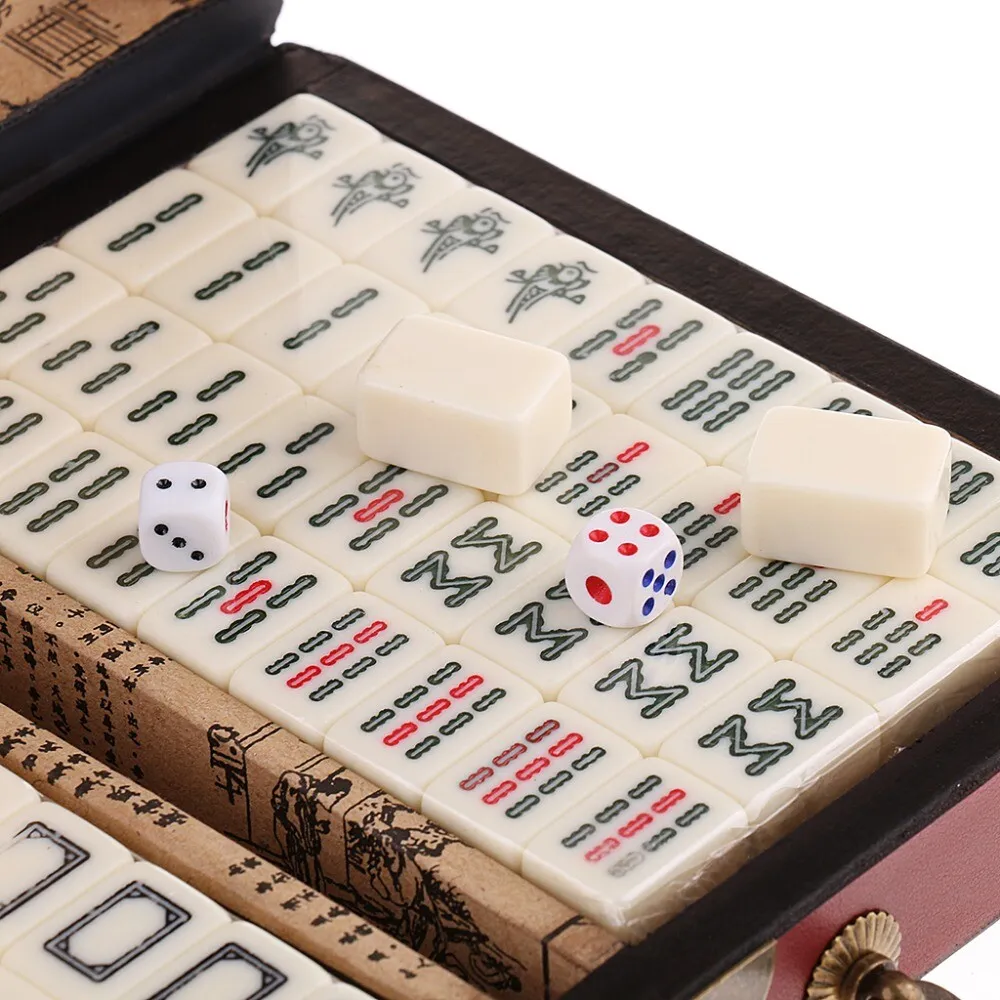Mahjong (1850)
Mahjong
Mahjong is a tile-based game that was developed in the 19th century in China and has since spread throughout the world. The game has its roots in the mid-1800s in Southern China, during the Qing Dynasty. The game has evolved over time, with its popularity surging in the 1920s when it was introduced to the United States by Chinese Americans, Air Force officers’ wives, and Jewish American suburban mothers. The game has been embraced by various communities, including Chinese and Jewish Americans, and has become a symbol of cultural exchange and community building.
Why is Mahjong Popular?
Mahjong is popular for several reasons:
– Cultural Connection: The game has deep roots in Chinese culture and has been embraced by various communities, making it a symbol of cultural exchange and unity.
– Social Aspect: Mahjong is often played in social settings, such as family gatherings and community events, fostering connections and friendships among players.
– Skill and Strategy: The game requires tactics, observation, memory, and adaptive strategies, making it an engaging and challenging activity for players.
We are supported by our audience. When you purchase through links on our site, we may earn an affiliate commission, at no extra cost for you. Learn more.

